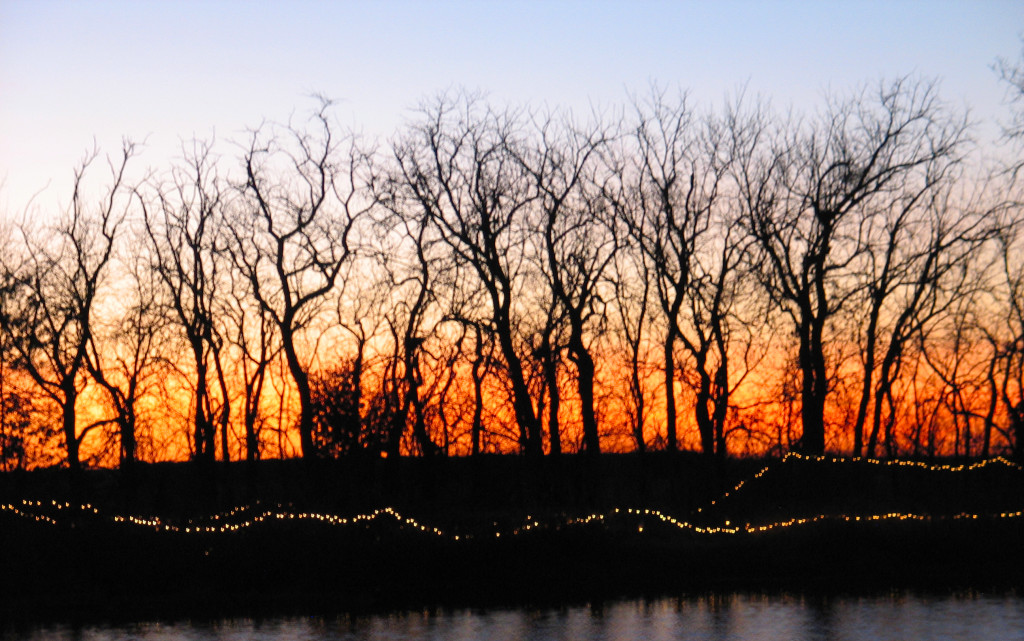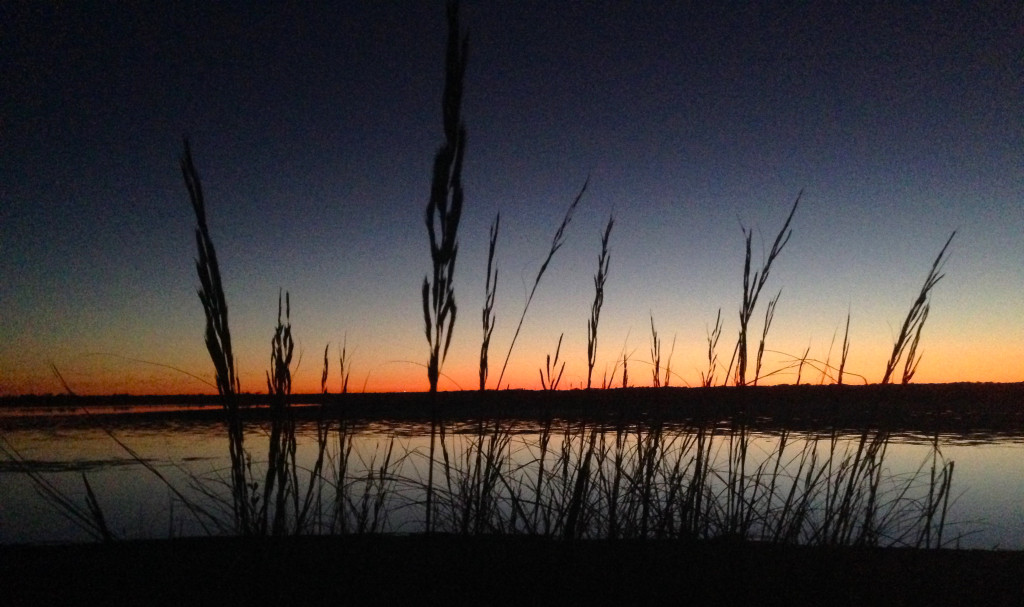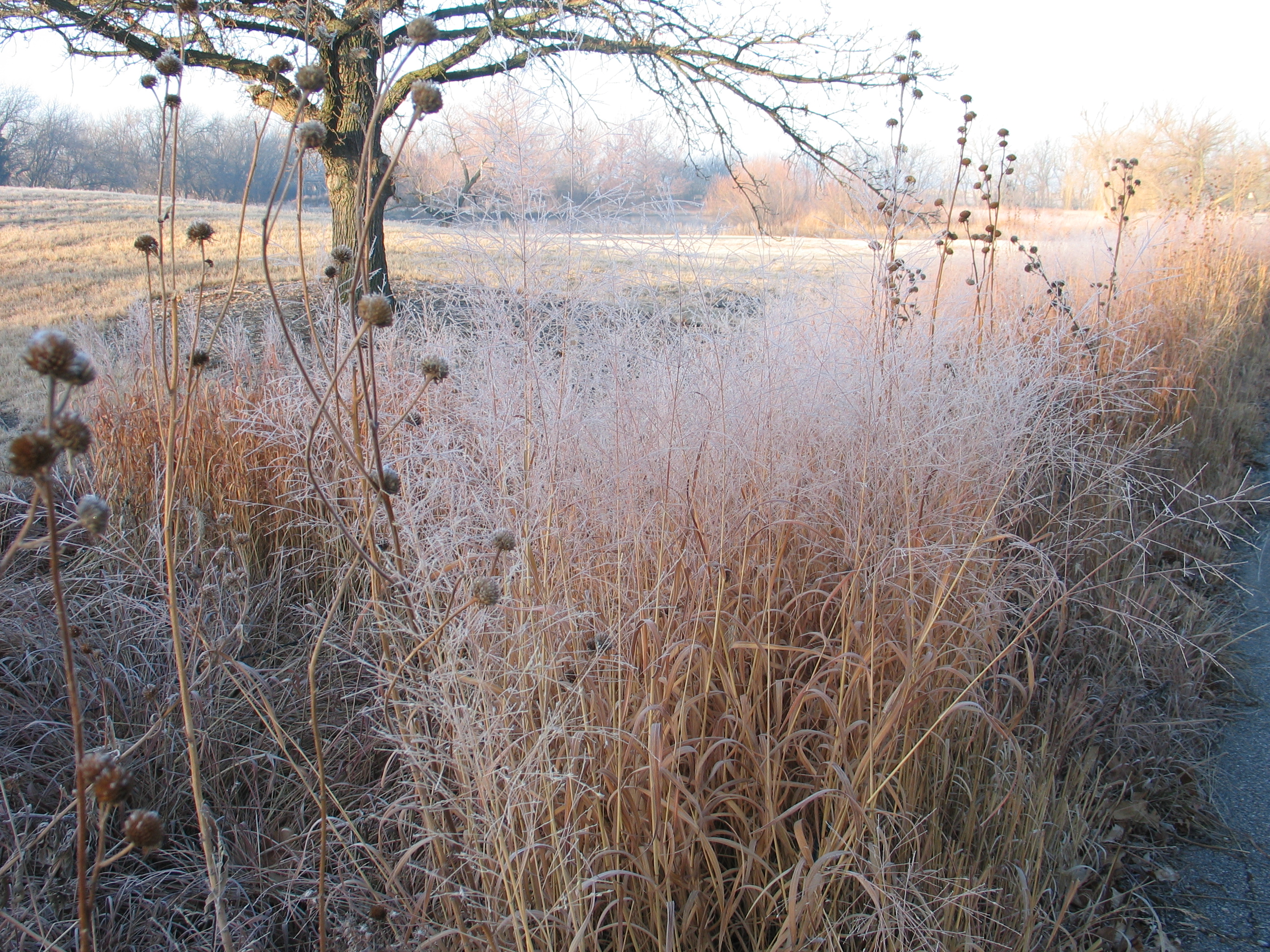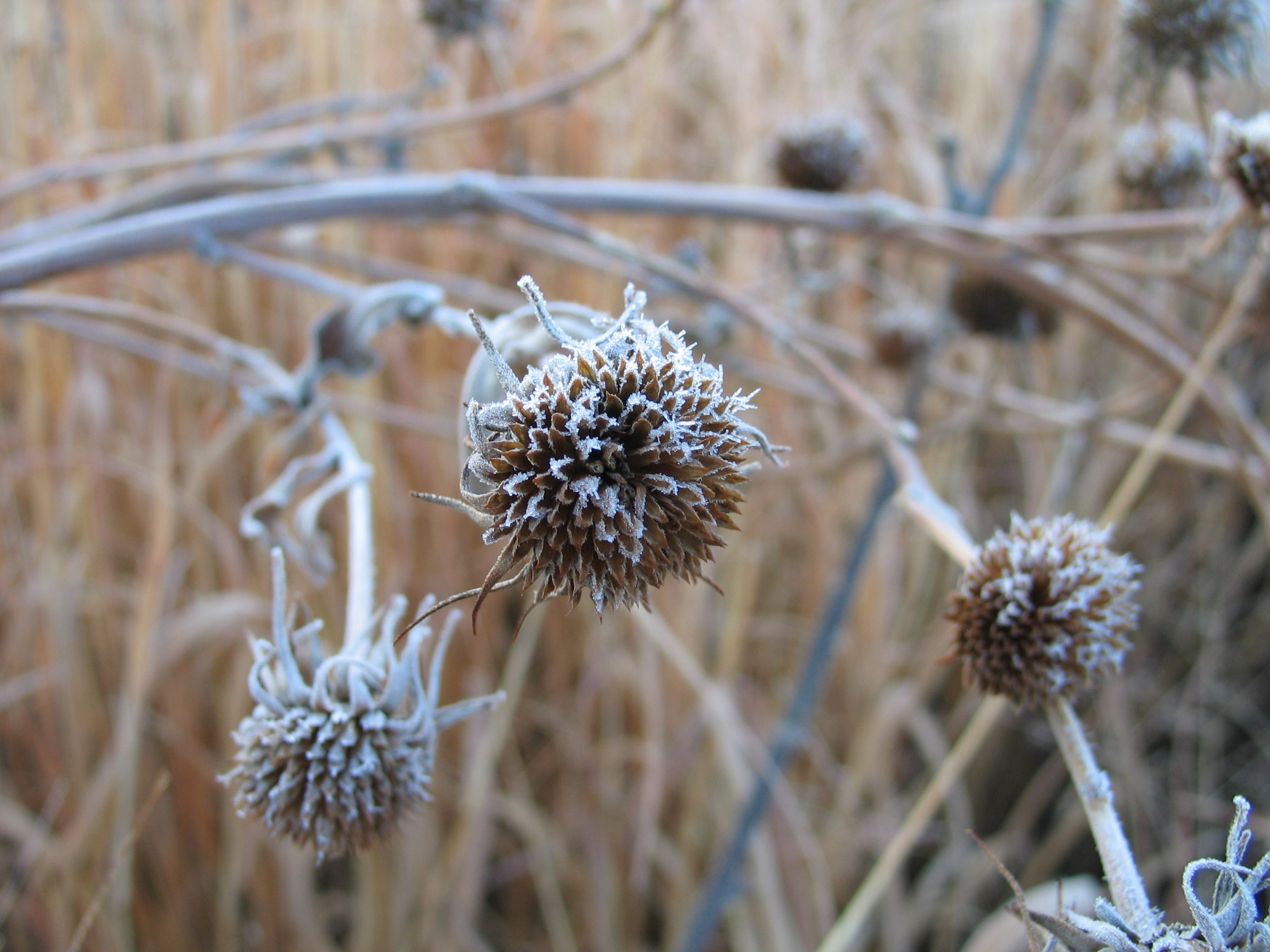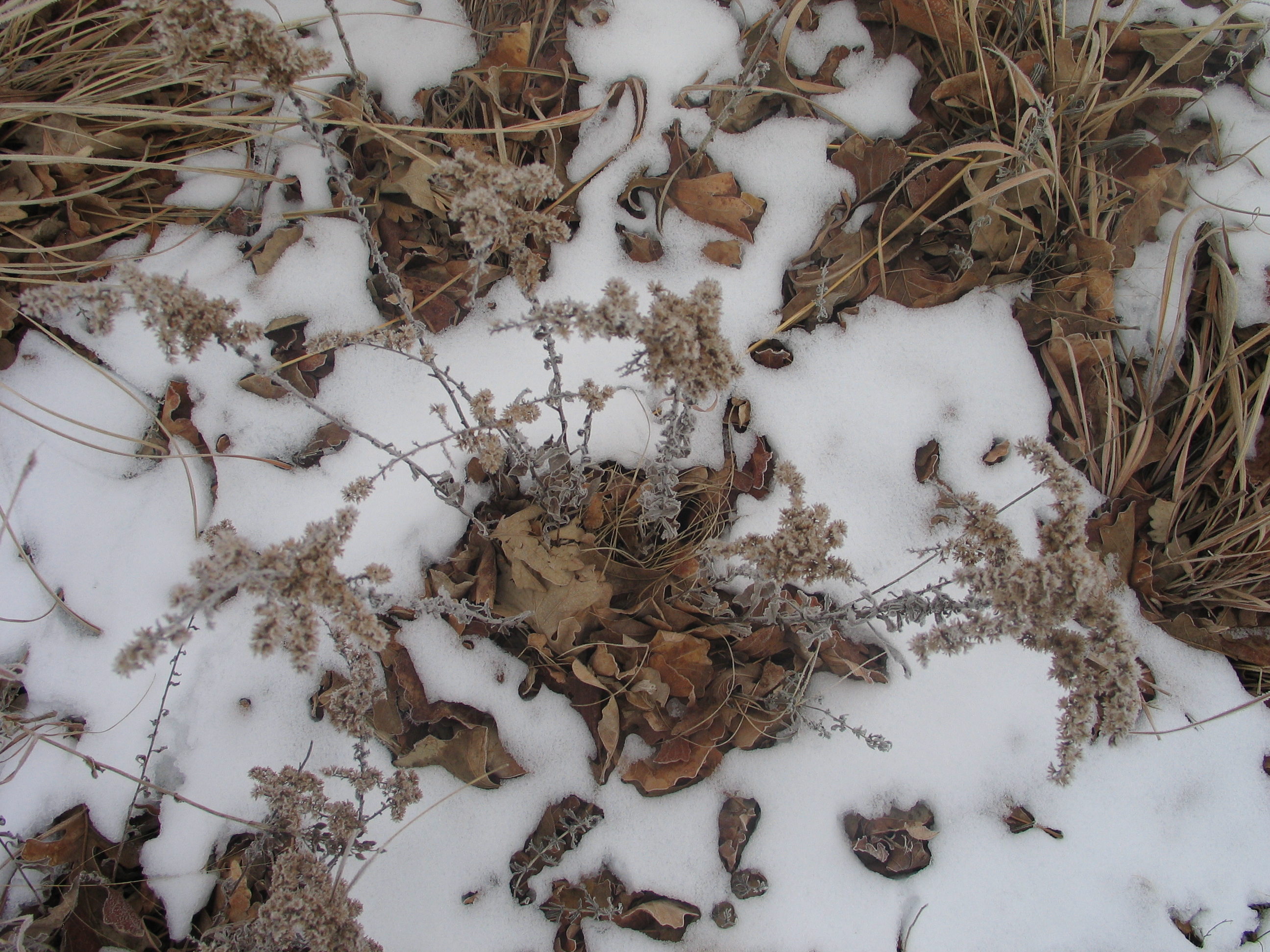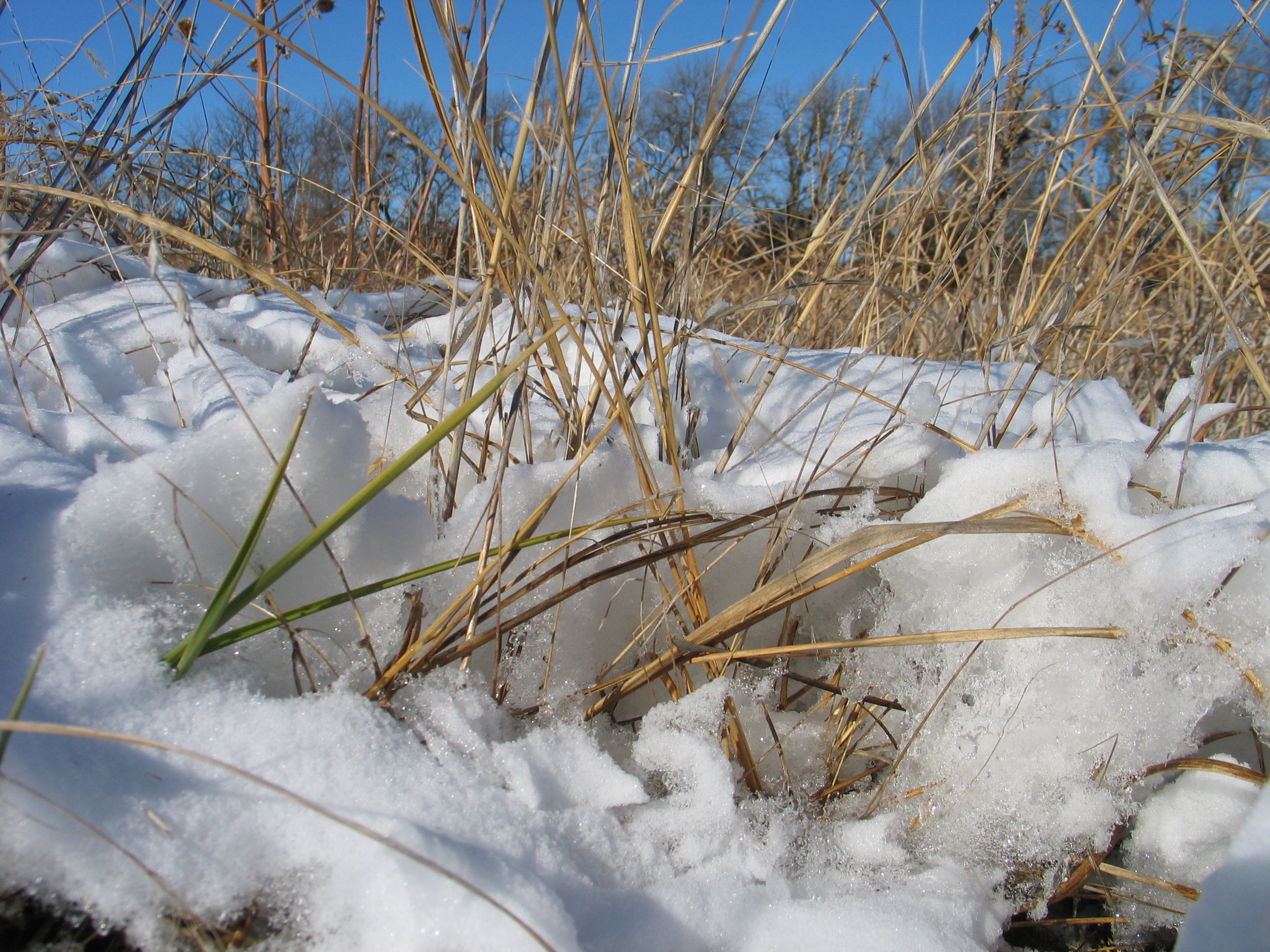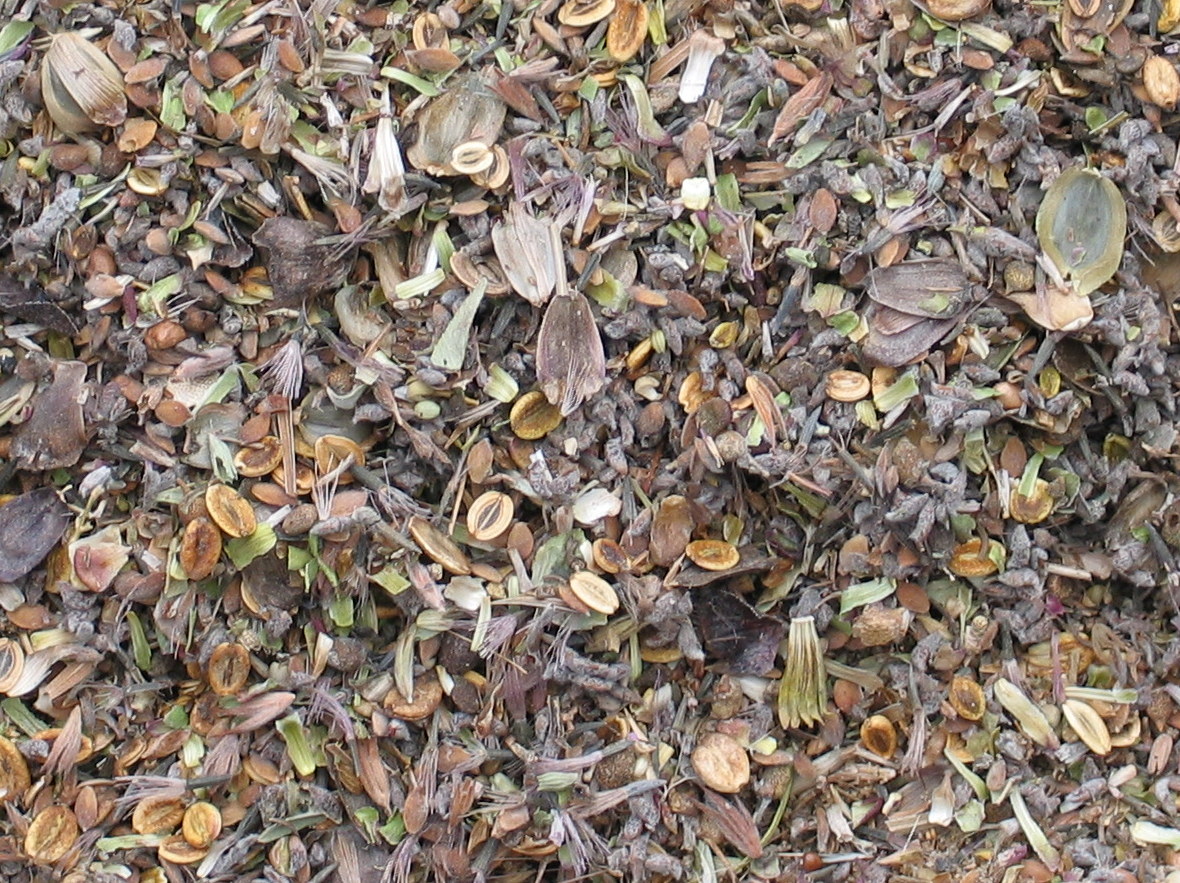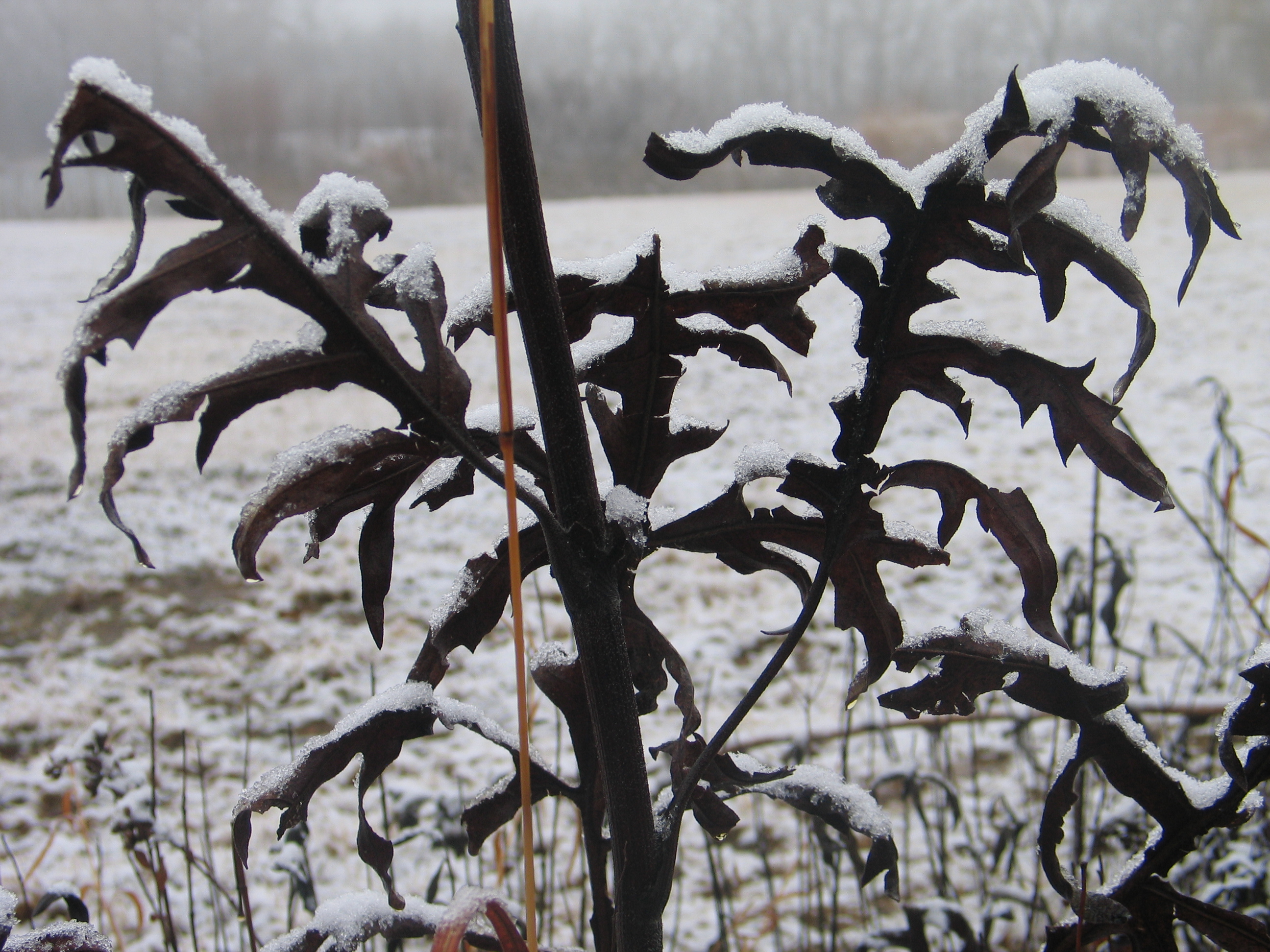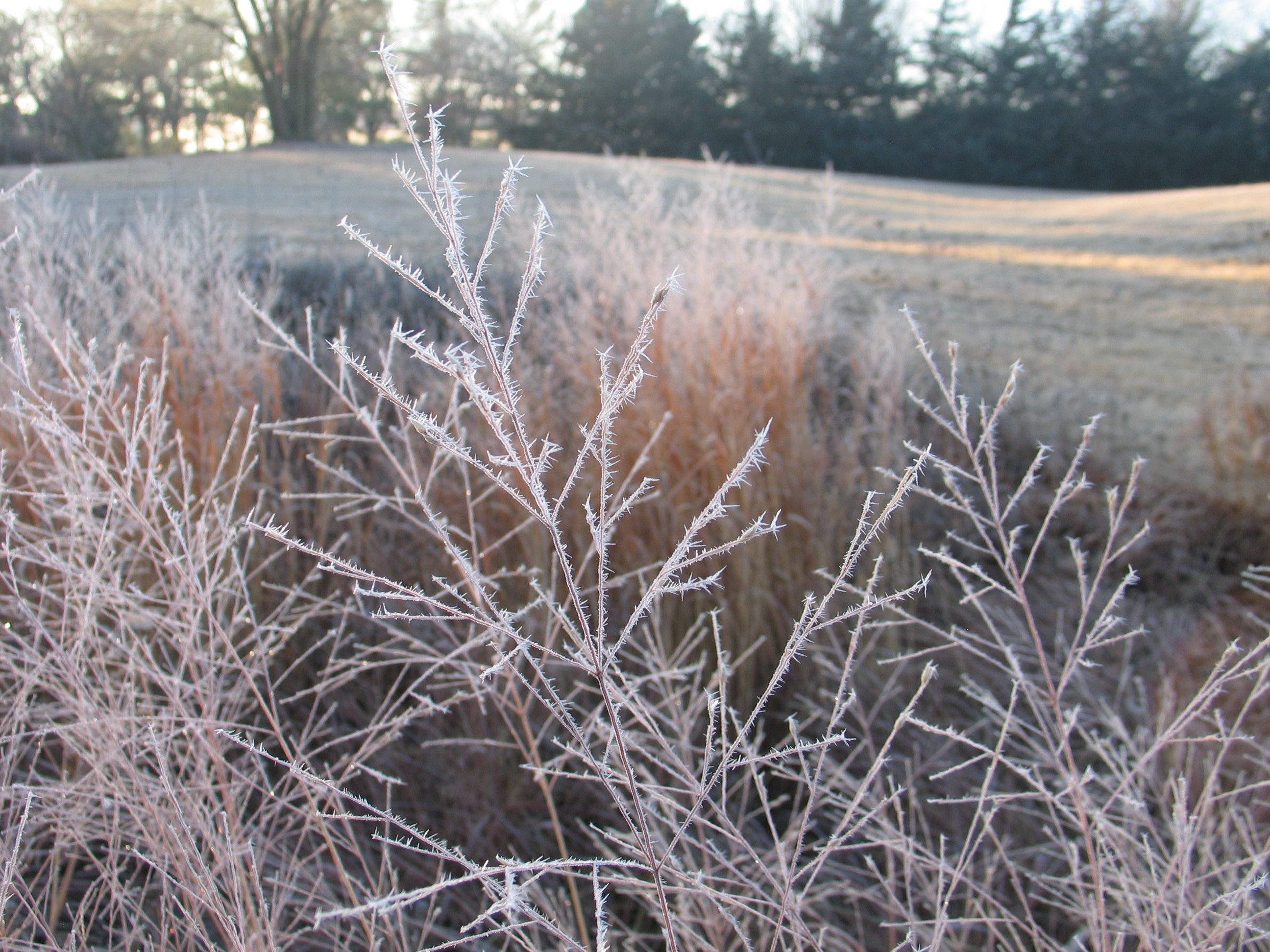Today is the Winter Solstice. I enjoy this time of dark mornings and evenings, appreciate seeing sunsets through my office window, and savor the slower pace that seems to be more prevalent this time of the year.
I used to endure this time of year. December 21 marked a dark-to-light turning point that was celebrated, because FINALLY the days were getting longer. As I get older though and long more for that ever-fleeting “down time,” when time is more my own, I increasingly cherish the dark time surrounding the Winter Solstice. The pace at Dyck Arboretum of the Plains is a bit slower now and the prairie is mostly dormant. I also enjoy more time with my immediate and extended families over the holidays. So, maybe my mood is aligning ever closer to these things that are very important to me.
Eleven years ago today, perhaps around the time I started enjoying the dark more, I sat down and wrote the following:
“The Winter Solstice reminds us that our lives revolve around an immense but simple cycle . . . a cycle that can easily be identified by light and dark and warmth and cold . . . a cycle that dwarfs our human existence. We identify much with Christmas at this time of the year, but the celebration of Christmas and our total human existence will only be a small speck on a timeline marked by the number of times the earth revolves around the sun.
Outdoors, Winter Solstice marks the core of a time represented by cold . . . cold means dormancy for some plants and animals and death for others . . . cold helps open the locks that plants place on seeds . . . cold helps us see more clearly by freeing up our view through the trees, and brightening our view of the night sky . . . cold sucks color out of the landscape and reminds us of the importance of shape and structure . . . cold means enjoying sunsets through the silhouettes of trees . . . cold causes tense muscles and keeps you on the move . . . cold makes you feel independent and liberated the longer you stay out in it . . . cold brings the wonderful gift of snow.
Indoors, Winter Solstice is the depth of a time marked by long underwear, cold hands and feet, eating soup, imbibing hot drinks, conversations with friends and family around the dining table, reading, and seeing movies and the magical oasis created by a bed piled high with blankets.
Winter Solstice is the heart of a time that causes rest, recharging, reflection, and renewal. It marks a time when life shifts from yawning itself to sleep to stretching and beginning to wake itself up. It brings light. It brings hope. It is one of the most important transitions of the year.”
I love all the activities that keep me busier during lighter times of the year, and do enjoy the transition back to longer days. But I appreciate them even more because of the dark.


